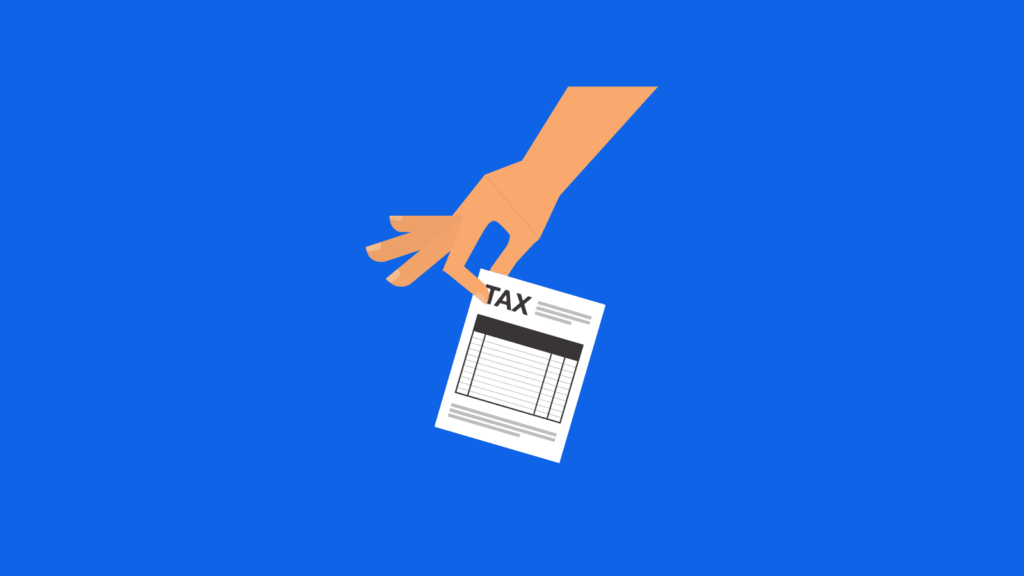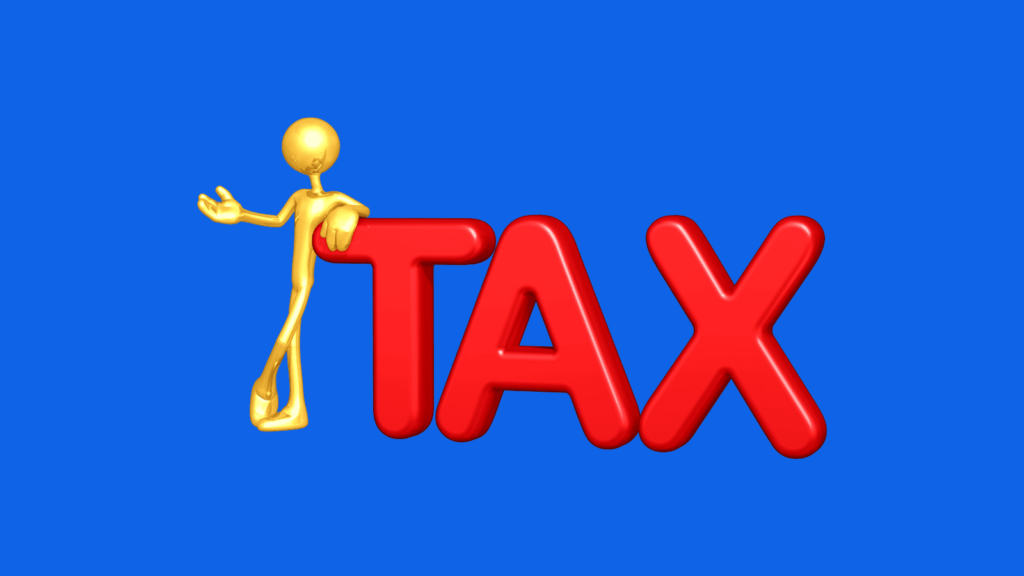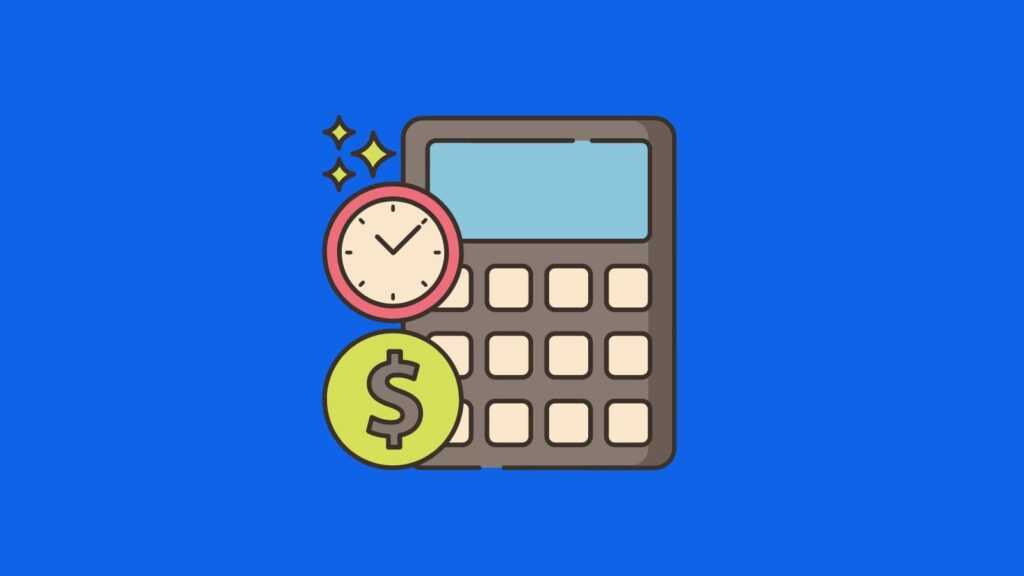About one-fifth of their population all cramped up in the city of Seoul that’s why the housing prices increase so sharply .
South Korea former President Moon Jae-in announced that he would suppress the South Korea real estate bubble when he was elected.

However, though he did introduce 25 policies to suppress house price like
- Tighten mortgage loans
- No mortgage for high-end properties
- Increase property tax and etc
But the housing price just won’t go down On the contrary, during his tenure housing prices actually have grown the most.
Why for the past two years the housing price just won’t go down and instead it rise even faster regardless of these restrictive policies?
This will come down to South Korea’s unique rental system – Jeonse

In South Korea, there are 60% of the houses are being rented out through this model
What is Jeonse rental system?
The rule is actually quite simple Normally we would rent houses on monthly basis
For example for a house worth $2 million we pay monthly for example $5000 of rent
Under Jeonse model you don’t have to pay a cent you can stay for free but you have to pay deposit to home owner the amount of deposit is quite a lot amounting to 50% – 80% of house price Meaning to say, the moment you start to rent you have to pay deposit $1.2 million to the homeowner During your rental period you don’t have to pay rent to owner at all!
Home owner will not have to pay you interest for the deposit you pay After two years the owner will return full sum of 1.2million and then the rental agreement ends Some of you might be questioning I already have 1.2 million isn’t it better to just buy a house?

Actually most tenants don’t have that $1.2 million they borrow it from banks The bank will lend you 1.2 million at interest rate of 4% Then every month you just have to pay $4000 of interest and you can stay at a $2 million house rent-free Under normal circumstances
The rental would cost $5000 per month then you save $1000 Some would ask If I can get this loan, why can’t I just use the loan to buy house?
Note that this $1.2 million is a short-term loan If you purchase a house, the loan period would go 10, 20, 30 years – long-term loan Not many young people would be willing to bear the loan
that’s why they choose the Jeonse model That is why this model is very popular among the young people Especially those who are in their 20s.
South Korea’s house ownership rate is only 56%. Comparing to other east Asian countries like China, this number goes to 90% This means that in South Korea only a little more than half of the population owns a house the rest are rentals Under low interest rate environment, the Jeonse model is almost too good to be true The tenants would definitely prefer Jeonse,
and for the banks they get more business by lending out more loan So banks like this model too.
You might be thinking what is the meaning of doing all this Tenants get loan for bank to pay house owner house owner get the money and deposit it back to the bank The thing is – House owner definitely won’t deposit the money back to the bank they would rather prefer to invest this $1.2 million.
So the landlord has a few options here. They can deposit it back to the bank, earning bare minimum returns Or they can invest in stock market, but Korean stock market returns are not as attractive as other alternatives.
So most landlords prefer to put the money back into the real estate market – AKA to buy more houses For a $2 million house, the down payment is 30% So you have to first put down $600k.
Then when you rent the house out under Jeonse you’ll immediately get $1.2 million return.
This is like buying a house and get additional 600k back Of course you still have to pay back loan in monthly payments but this is a big loophole in cash flow management
In theory, if you could make sure this house can be rented out continuously and that house prices keep rising then you can use this method to buy all the houses in South Korea.
Actually there’s one famous person in South Korea, Mr Kim He bought a total of 1139 houses in Seoul He was nicknamed “Apartment King” by the media Under this Jeonse model,
It actually did not produce any real value to the economy but tenants, landlords, banks – are all happy participating in this ever-ending cycle But there is a big potential problem – leverage
Jeonse basically allows anyone with the initial down payment to infinitely leverage their capital to buy as many houses as they want – if the prices are going up and interests are low
Think about it!

When you pay 30% down payment the leverage is actually triple (3x) of ur assets But under Jeonse model you don’t need any additional capital to buy ur next property,
everytime you buy a new property and leased out under Jeonse, downpayment can be returned immediately so this leverage becomes infinitely big That’s why there are people like Mr. Kim, who could buy hundreds and thousands of houses.
This Jeonse model basically jacked up the leverage for entire South Korea economy
This is South Korea’s household debt to GDP ratio.It’s well above 100%.
This has surpassed many main economy in the world like US, China and Japan

According a Korea Institute of Economic Research It states that, taking into account of the leverage from Jeonse model the debt to GDP ratio would go as high as 157% Then it is definitely the highest in the world.
Leverage is just like dynamite it won’t explode on its own It needs a burning fuse as the trigger
this trigger is the reverse of the low interest rate
===================

Let’s take a look at the interest rate during the last decade in South Korea Interest rates are getting lower and lower Combining with the effects of COVID Pandemic, which had stagnated the supply of housing And the global interest rates were dropping flat High demand with stagnated supply, low interest rates send the housing prices soaring which lead more landlords acquiring more properties.
Under this situation, although Moon Jae-in introduced price limit policy but it’s like a drop in the bucket, not effective at all.
In 2022 An average house in Seoul cost over $1 million That is $2200 per sqft In comparison, metro NY is 850 to $1600.In Gangnam area of Seol, the housing price goes up to $7k per square foot.
However, Leverage is a double-edge sword it will magnify your profit, and also your loss
So when the house price increase the higher your leverage the more you earn but when the house price goes down, everything falls apart
In 2022, inflation started peaking up in US Federal Reserve increased Interest rates by more than 5% in a year Inflation in South Korea soon followed.

As we know, Inflation is the no.1 enemy for an economy South Korean won has begun to depreciate rapidly against the USD. South Korea Central Bank had to follow suit and increase interest rate rapidly interest rate hike, a term most feared in the leverage game would have devastating effects on the underlying asset.
What will happen during interest rates hike? Let’s go back to that example from the beginning
First on the tenant side, with a $1.2 million loan, The Original $4000 interest, now becomes $6000 under higher interest Then isn’t it better to just pay rent at $5000 instead of using the Jenso system As soon as the interest rate hike took place, South Korea went through a Reverse Jeonse phenomenon more than 1 million houses became vacant on the Jeonse market,
And it’s not just on tenant side it’s the same thing for landlords They are heavily impacted by rate hike More than 80% of South Korea mortgages are under floating rate Which means the monthly interest payment is dependent on the current interest rate.So when the interest rate is ultra low in the past few years, Borrowers pay very low monthly payments but when rate hikes, they have to pay a lot more.
This is different in US where 95% of mortgage in US is fixed rate That means When I sign the mortgage at 5% rate, then it’ll be fixed at 5% for the next 30 years,if it’s 8% then it’ll be fixed at 8%, So no matter how the interest rate changes next 30 years That’s the bank’s problem, not mine So under fixed interest rate environment The person who take out loan to buy house
They are more sensitive towards interest rate Because when they decided to sign.They’ll have to pay according to this rate for a long time They have to be more cautious.
This is why under the low interest rate environment for the past 2 years US housing price kept rising You basically lock in a low interest rate for 30 years So everyone works a little harder to buy a house For economy like South Korea, China that focus on floating rate, Basically, the person taking out loan is easily affected by rate change.
===============

When South Korea raised the interest rate by 3% Now all those taking loan to buy houses
have to pay extra say $3000 per month Normally 3% is still bearable but don’t forget that under Jeonse model those who fully used up the leverage like Mr Kim who had over 1000 houses he basically has to pay extra 3k for each property On top of that, many tenants opt to stop renting due to the higher interest rates.
===========
Mr Kim was found dead by the police in October 2020 The reason was not fully disclosed, but some suspected it’s due to suicide Many of those who practice Jeonse model with huge leverage have either bankrupted or ran away This put tenants’ deposit under tremendous danger Although for most Jeonse house, there are insurance coverage However last year alone we have seen over 2000 cases of Jeonse deposit annexation The total amount involved is over 700 billion won It is expected that the loss this year from Jeonse will be up to 1.8 trillion won.
==============
With rising interest rates and monthly payments, House owners are forced to sell off their properties In January this year, there are over 75000 houses on the market Ready for sale in South Korea, The highest since 2012 In desperation, real estate developers used every method to attract potential buyers If you come to a showing of a property, they’ll give you AirPods for free If you buy a house, they might give you a car as a gift or even a gold bar.
South Korea’s housing price has been on a free fall since second half of 2022 until April this year, overall housing market has shrunk by 10% House prices in many areas dropped 30% to 40% Transaction volume fell by 70%.
========================

So what could the South Korean government do?
What else can they do? Except quick bailouts
The new President Yoon Suk-yeol quickly reversed various policies to restrict the property market made by his predecessor For example
- The relaxation of first home buyers loan regulations
- Reduce property tax
- Provide loan promotions and etc
But we know that the most important means of control for the real estate market is still interest rate Bank of Korea said that in order to stimulate economy and real market
they might cut the rate by the end of this year The funny thing is that the rate hasn’t been cut yet but the rental price is starting to rise again Jeonse model becomes popular once again
The entire real estate boom bust cycle started all over again
For More Detail Watch The Video:



















